If you’re captivated by the allure and passion of the tango, you’re certainly not alone. This mesmerizing dance boasts a rich history and a treasure trove of tango fun facts that make it even more compelling. From its humble beginnings in the working-class neighborhoods of Buenos Aires to its rise as a global cultural symbol, tango represents far more than a dance. It’s a living tradition that reflects the soul of Argentina.
Let’s dive into some surprising and intriguing facts about tango, its origins, evolution, and the people who shaped it.
1. From Immigrants to Icons: Where Tango Was Really Born
Tango emerged in the late 19th century in the port cities of Buenos Aires, Argentina, and Montevideo, Uruguay. These urban centers were cultural melting pots, where immigrants from Europe, African communities, and local criollos lived side by side. This blend of cultures created the foundation of tango: a dance that was raw, expressive, and deeply rooted in everyday life.
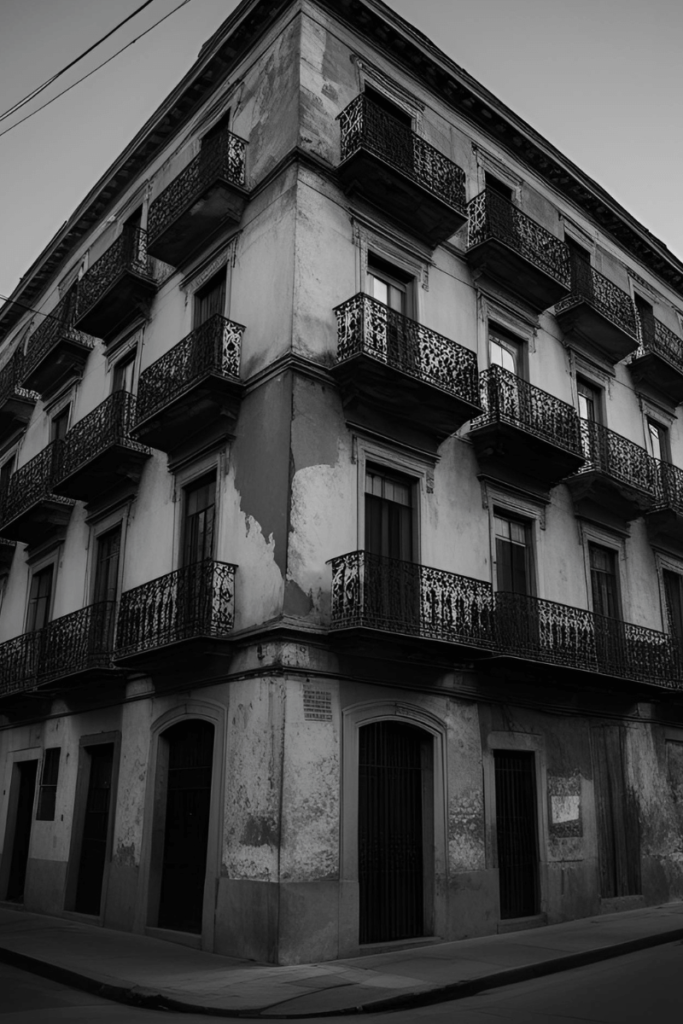
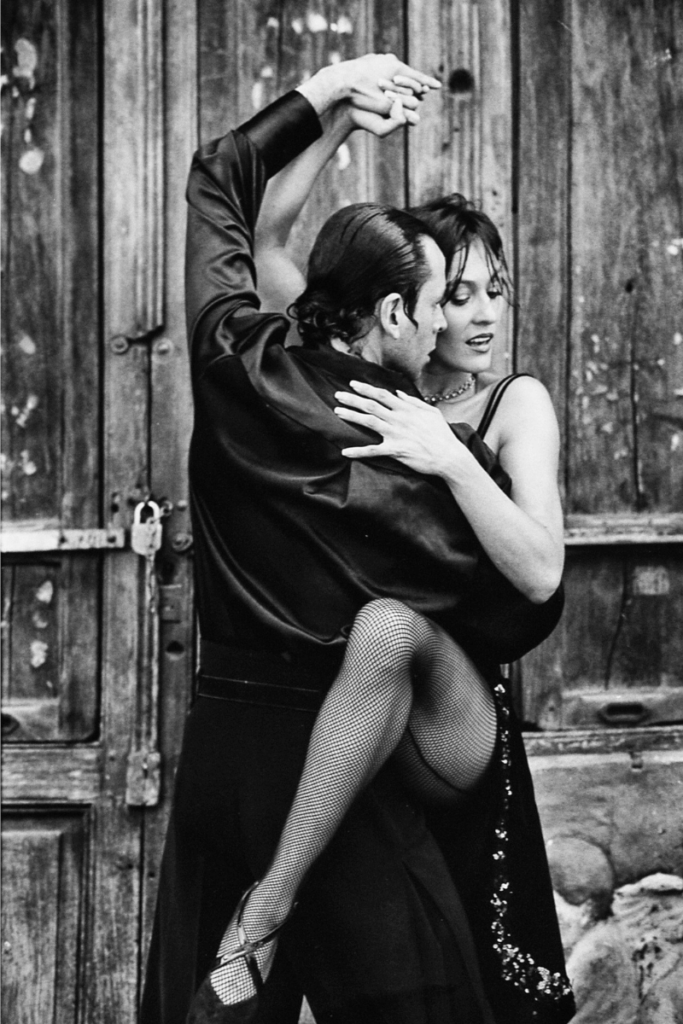
If you’re planning a visit to Buenos Aires, don’t miss the chance to explore the neighborhoods where tango was born. Our guide on where to see tango in Buenos Aires will help you experience its authentic roots.
2. Scandalous Origins: When Tango was Danced Through Brothels and Back Alleys
As we said, tango was born in the marginalized neighborhoods of Buenos Aires and Montevideo, among immigrants, and the working class. In the late 19th and early 20th centuries, it was danced in brothels, conventillos (shared housing for the poor), and rough port districts. Because of these origins, tango was initially viewed with suspicion and moral disdain by the upper classes.
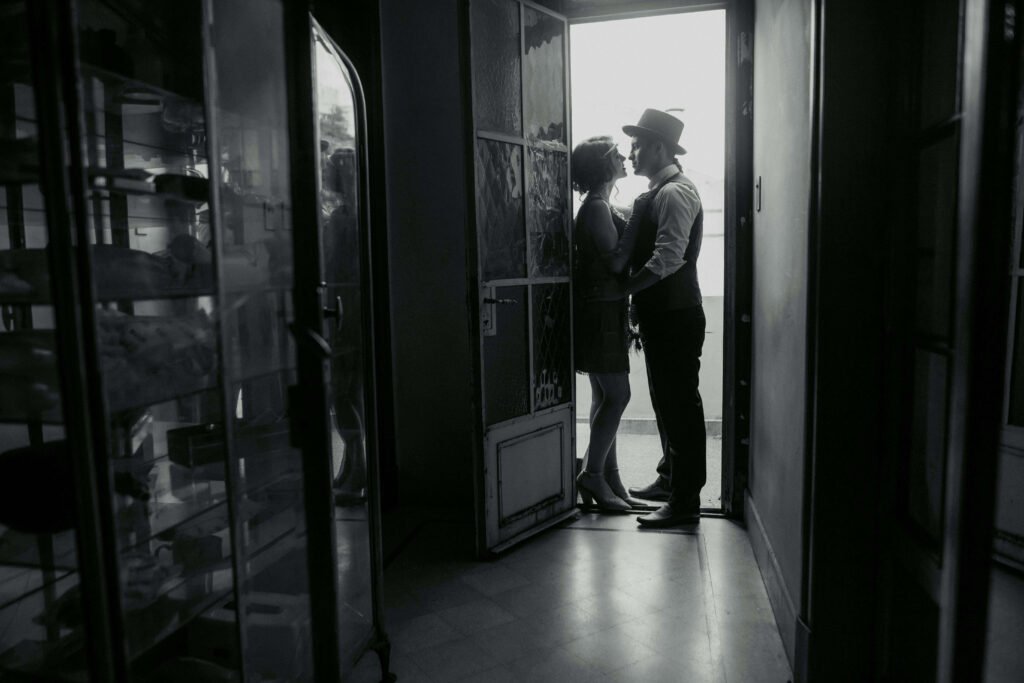
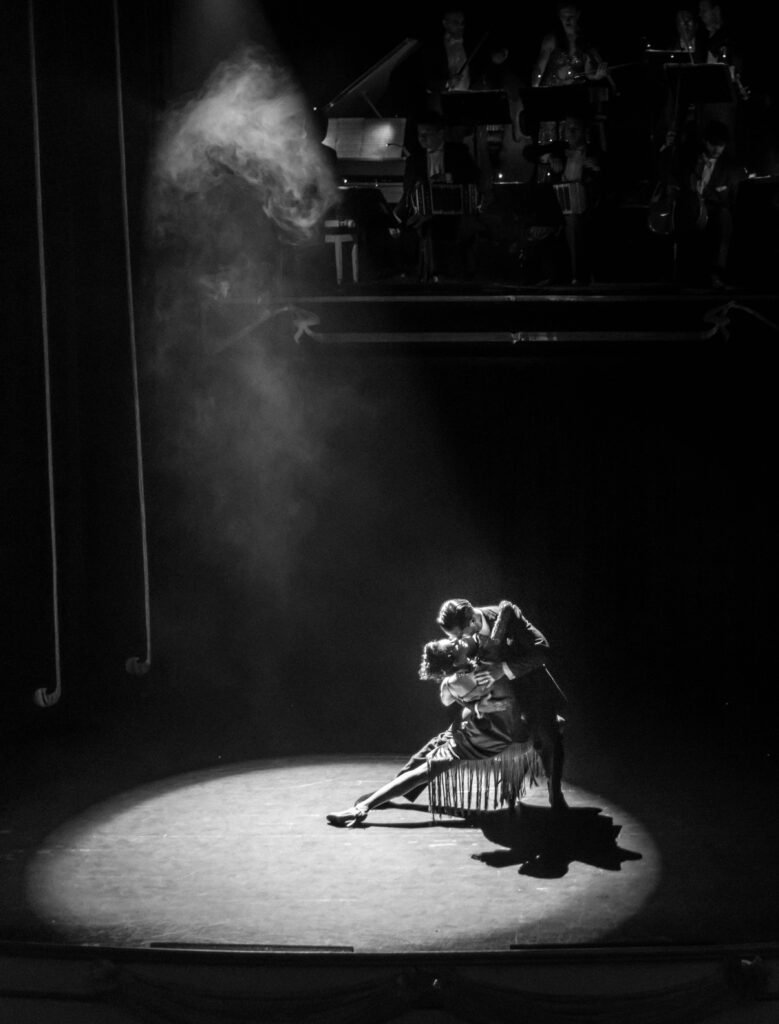
But it didn’t stay confined to the streets for long. By the early 1900s, tango had crossed the Atlantic and found unexpected popularity in the elegant salons of Paris. When Argentine elites witnessed the growing fascination with tango in Europe, they embraced it back home with newfound pride. This shift in perception helped legitimize tango in Argentine society and marked the beginning of its global journey as a cultural export.
3. A Global Mixtape: How Cultures Around the World Shaped Tango
The evolution of tango music was shaped by a wide variety of influences. The Cuban habanera, Argentine milonga, and Uruguayan candombe all contributed to its rhythmic base. African beats brought syncopation and energy, while European styles like the polka and mazurka added structure. This fusion created something unique—a musical style that could only have emerged in this specific cultural crossroads.
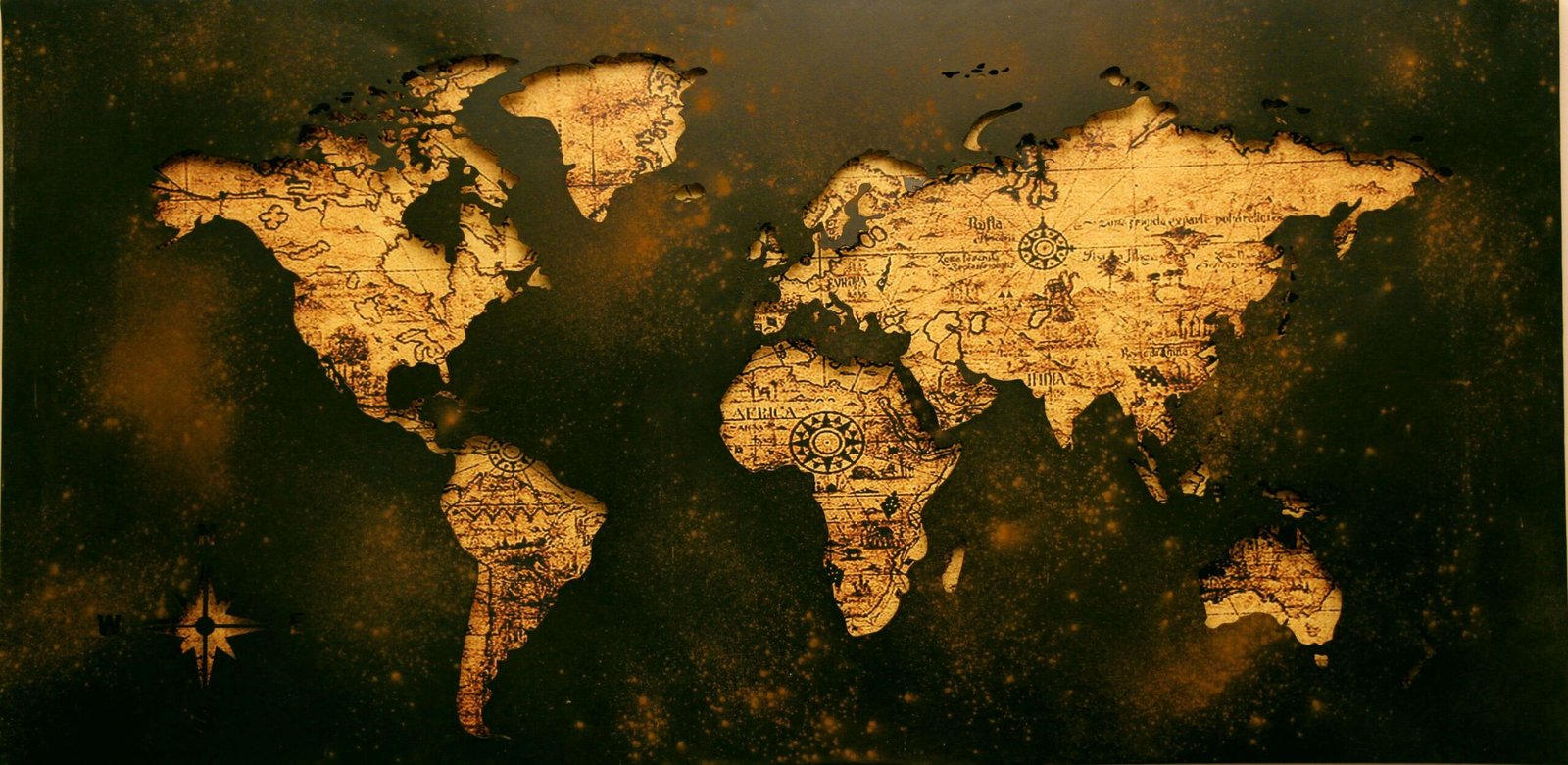
4. Germany’s Unexpected Gift to Tango? The Soulful Bandoneón
The bandoneón, a type of concertina originally from Germany, arrived in Argentina in the early 20th century. Intended for religious music, it quickly became central to tango’s sound due to its rich, melancholic tone. The instrument’s expressive range allowed tango musicians to explore a deep emotional palette, becoming one of the most iconic sounds of the genre.
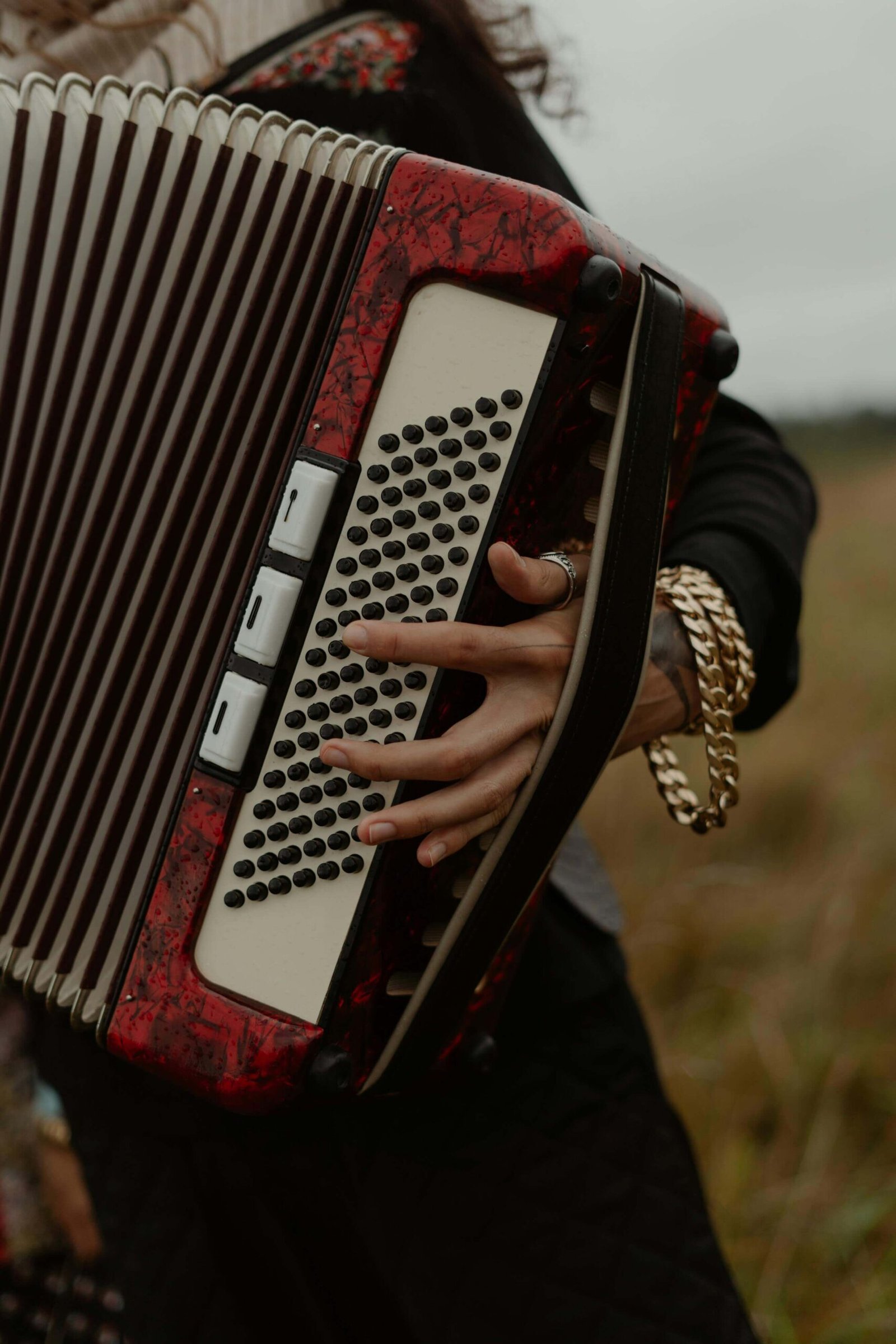
5. Carlos Gardel: The Voice That Made Argentina Cry (and Sing)
Carlos Gardel remains the most legendary figure in tango history. Known as “The King of Tango”, he brought voice to the deepest emotions that tango carried in its essence: melancholy, love , nostalgia, and betrayal. With his 1917 hit “Mi Noche Triste,” he transformed what was once an instrumental genre into a poetic and emotional expression of the Argentine soul.
Though Gardel wasn’t born in Argentina (i know, unexpected), his music spoke directly to the heart of a country in formation—to the immigrants, the workers, and yes, to our grandmothers and great-grandmothers, who cherished his records and saw in him a symbol of romance and national pride. Songs like “Volver,” “El Día Que Me Quieras,” and “Soledad” became soundtracks of longing and identity for generations.
Gardel wasn’t just a singer; he was a poet. His baritone voice, dramatic delivery, and magnetic charisma turned tango into a form of storytelling that still resonates today. He also starred in films such as Luces de Buenos Aires and El Día Que Me Quieras, helping to elevate tango on the international stage.
On June 24, 1935, Gardel died tragically in a plane crash, a loss that shook the entire nation. That same date, decades later, would become known as the birthday of Lionel Messi—another Argentine icon. Gardel’s funeral procession in Buenos Aires was a sea of sorrow, with tens of thousands mourning the man who gave a voice to the Argentine heart.
6. Golden Age Glories: Dancehalls and Legends.
The period from the 1920s to the 1950s is considered tango’s “Golden Age.” Orchestras led by Aníbal Troilo, Francisco Canaro, and Juan Carlos Cobián shaped the sound of tango with lush arrangements and unforgettable melodies. Legendary dancers like Juan Carlos Copes and María Nieves brought passion and sophistication to tango’s visual expression, transforming milongas into elegant spaces of art and community.

This era laid the foundation for a new generation of artists, among them a young bandoneonist and composer named Astor Piazzolla. Though his innovations would become more prominent in the decades that followed, it was during and after this Golden Age that Piazzolla began to experiment, eventually revolutionizing the genre.
7. Piazzolla Breaks the Rules: Jazz, Chaos, and the Birth of Tango Nuevo
Tango didn’t stop evolving. In recent decades, artists and orchestras have pushed the genre forward. Tango nuevo, led by figures like Astor Piazzolla, fused tango with jazz and classical music. Piazzolla challenged the traditional form, introducing complex harmonies, dissonance. His compositions like “Adiós Nonino” and “Libertango” redefined tango for a new era—one that was more introspective, avant-garde, and musically daring. While some purists resisted his style, Piazzolla opened the door for tango to grow beyond its traditional framework.
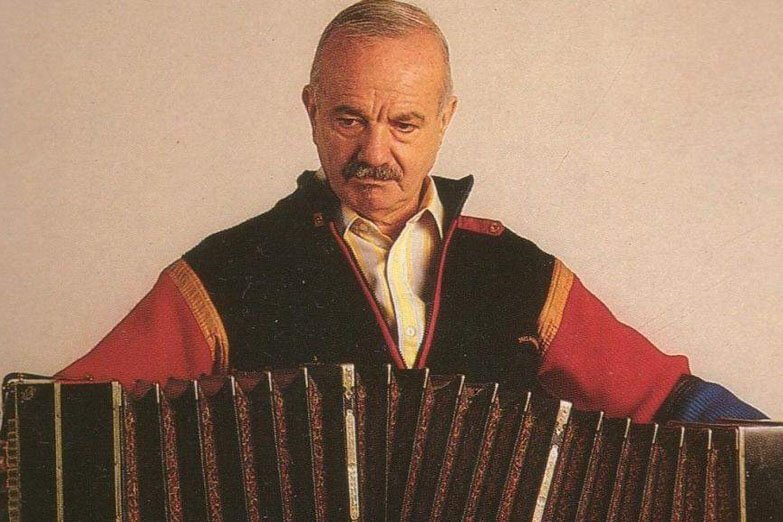
More recently, bands like El Cachivache Orkesta blend traditional tango with rock and electronic elements, appealing to younger audiences and reinventing the tango experience.
If you’re curious about how today’s artists are reshaping tango, our history of tango article offers insight into its transformation through time.
8. Inside the Milonga: Where Tango Comes Alive Every Night
Milongas are social dance events where people gather to dance tango, socialize, and celebrate community. These events range from elegant salon settings to casual neighborhood gatherings. They remain the heart of tango culture in Buenos Aires and across the world, offering a living connection to its roots.
Curious to experience this powerful dance? Check out our tango clandestino experience and connect with its rhythm!

9. From Argentina to the World: How Tango Became a Cultural Bridge
In today’s world, tango is a platform for intercultural dialogue. Collaborations like those between the Kate Weare Company and Union Tanguera combine contemporary dance with traditional tango, creating rich, hybrid performances. These initiatives prove that tango is more than a tradition—it’s a dynamic, evolving form of artistic exchange.
10. UNESCO Loved It Too: Tango’s Status as World Cultural Treasure
In 2009, tango was declared an Intangible Cultural Heritage of Humanity by UNESCO. This designation honors tango not just as a dance or music genre, but as a symbol of cultural identity for Argentina. Efforts to preserve and promote tango include festivals, workshops, and local initiatives that ensure its future for generations to come.

A Final Note Before You Dance Away
Tango is much more than a dance; it’s a cultural journey filled with passion, resilience, and creativity. From its origins among immigrants and marginalized communities to its global acclaim, tango continues to evolve, adapt, and inspire.
If you’re ready to feel the heartbeat of Buenos Aires through tango, we invite you to join us for a truly immersive experience. Book your tango night in Buenos Aires and become part of this living tradition.
Curious to learn more? Keep exploring our articles to dive deeper into this rich cultural world.


